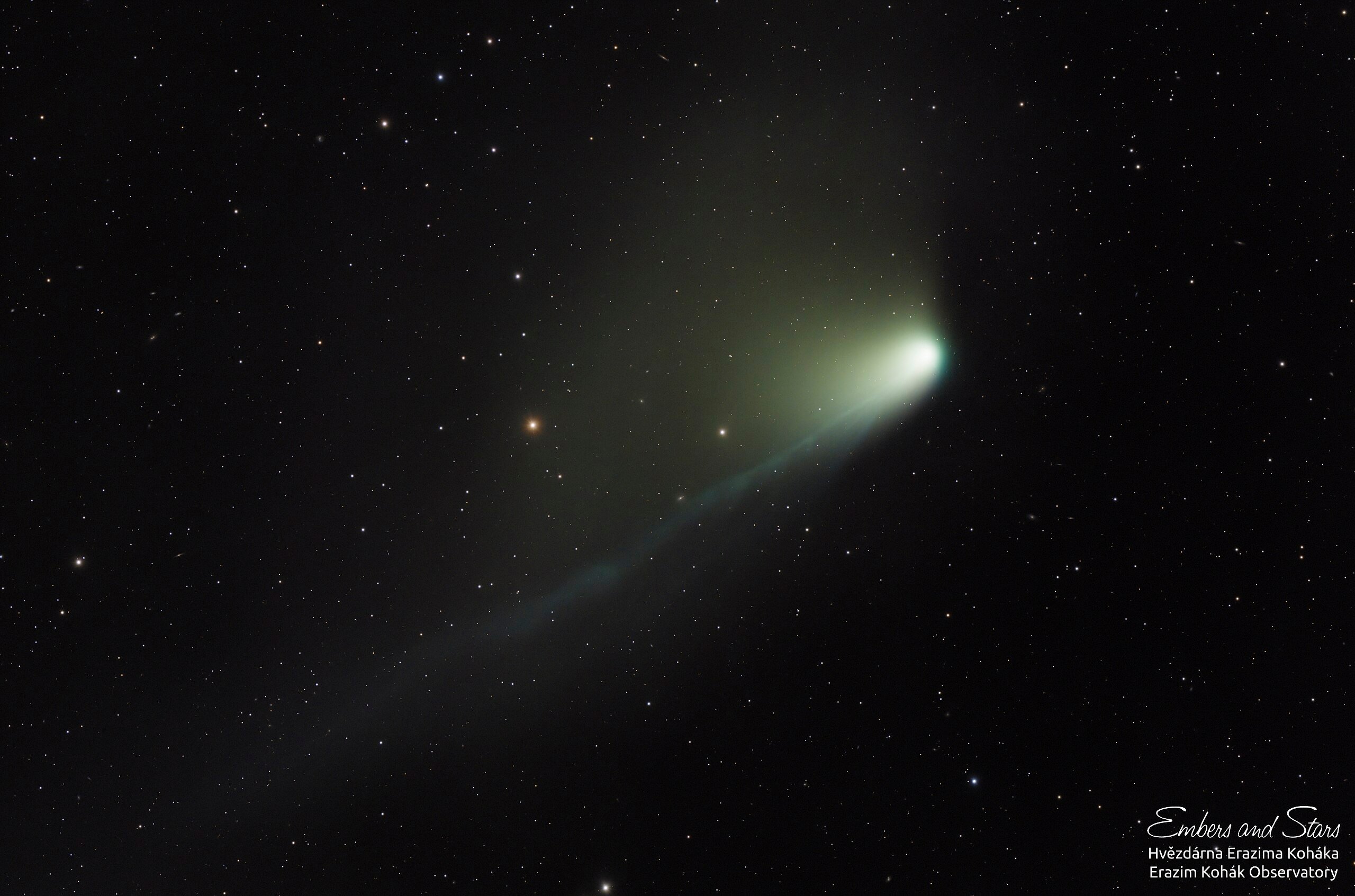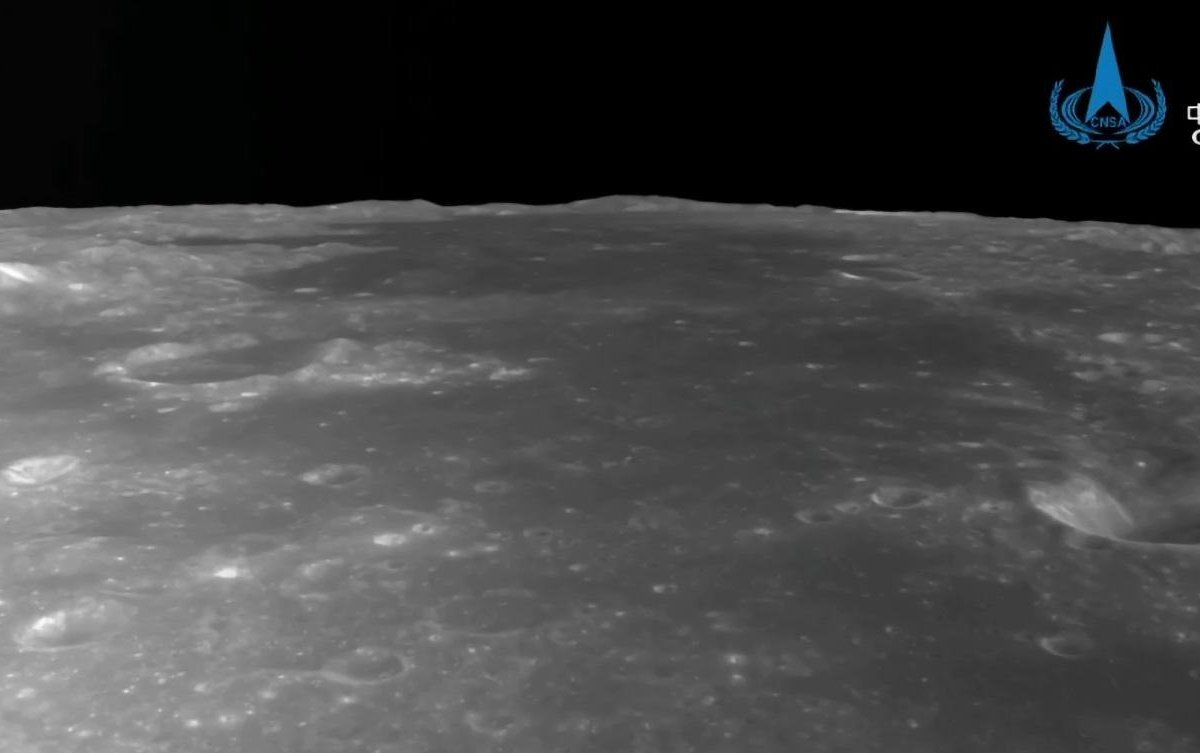At 6:23 a.m. on June 2 (7:23 p.m. June 1 Brazilian time), the Chinese probe Chang’e-6 touched down on the far side of the Moon. It is the first robotic mission to collect samples from the surface of our natural satellite. Most of the time it remains invisible. The descent transmitted to Earth by Queqiao-2 took place in the South Pole-Aitken Basin crater.
Chang’e-6 is a probe launched on May 3 from the Wenchang Satellite Launch Center in southern China. The mission consists of an orbiter, a return vehicle, a lander and an ascent vehicle. On May 30, the descent module and ascent vehicle separated from the orbiter and the return vehicle, which were already in lunar orbit.
According to the Chinese space agency, 14 minutes before landing, the descent module/ascender began its descent phase by activating its 7,500-Newton main engine with variable thrust to control speed and orbit. In this respect, Queqiao-2 satellite relayed images and data to controllers on EarthSince the hidden side of the Moon has always been disconnected from our planet.
What is Chang’e-6’s mission on the far side of the Moon?
Chang’e-6 will make history by collecting the first fresh lunar samples from the far side of the Moon using a drill and robotic arm. It will also collect data from the surrounding area using a radon detector and negative ion detector.and a mini rover. Telemetry data will be transmitted to Earth by Queqiao-2.
The idea is to collect up to 2 kg of lunar samples, store them in the “ascending” stage that will lift off from the lunar surface, and transfer the samples to the orbiter. This will return to Earth and deposit the capsule into Earth’s atmosphere until the planned landing in Inner Mongolia.
Why is the Chang’e-6 mission important?
In addition to being an important demonstration of China’s technological skills and capabilities as a player in space exploration, the mission was also the second mission to land on lunar soil (the first was its younger “sister” Chang’e-4), but it was the first mission in history to land on the lunar soil. and the first person to return to Earth.
The biggest expectation about the Moon’s south pole is that it receives very little direct sunlight. The region may contain large amounts of water ice stored in permanently shadowed cratersan important resource for future human settlements.
The so-called hidden side of the Moon, which has remained in darkness throughout its history, will experience moments of great turmoil and revelation in the coming years. NASA’s VIPER rover, part of the Artemis mission, is expected to land later this year.
And in 2026, Chang’e-7 will take its unprecedented “jump probe” or “lunar jump vehicle” to the Moon’s polar regionPromising to jump over obstacles by combining rockets with wheels.
Follow the latest news about space exploration at TecMundo. If you wish, take the opportunity to learn about the nuclear reactor that Russia and China plan to establish on the Moon. To the next one!
Source: Tec Mundo
I’m Blaine Morgan, an experienced journalist and writer with over 8 years of experience in the tech industry. My expertise lies in writing about technology news and trends, covering everything from cutting-edge gadgets to emerging software developments. I’ve written for several leading publications including Gadget Onus where I am an author.












